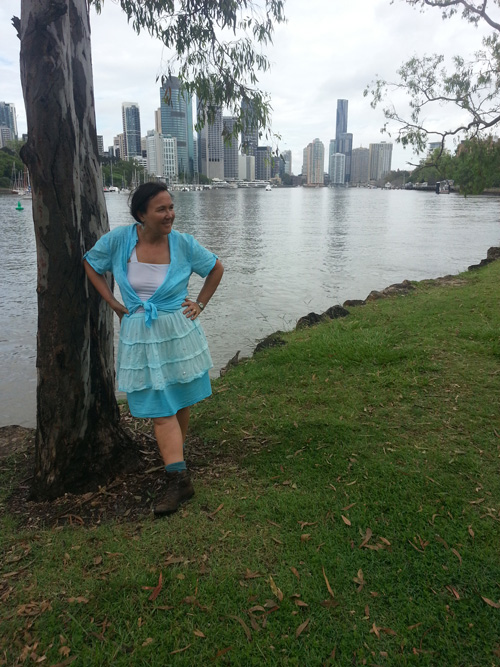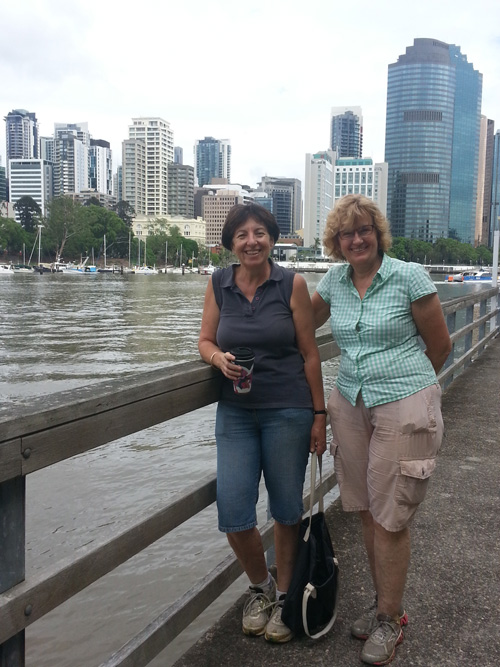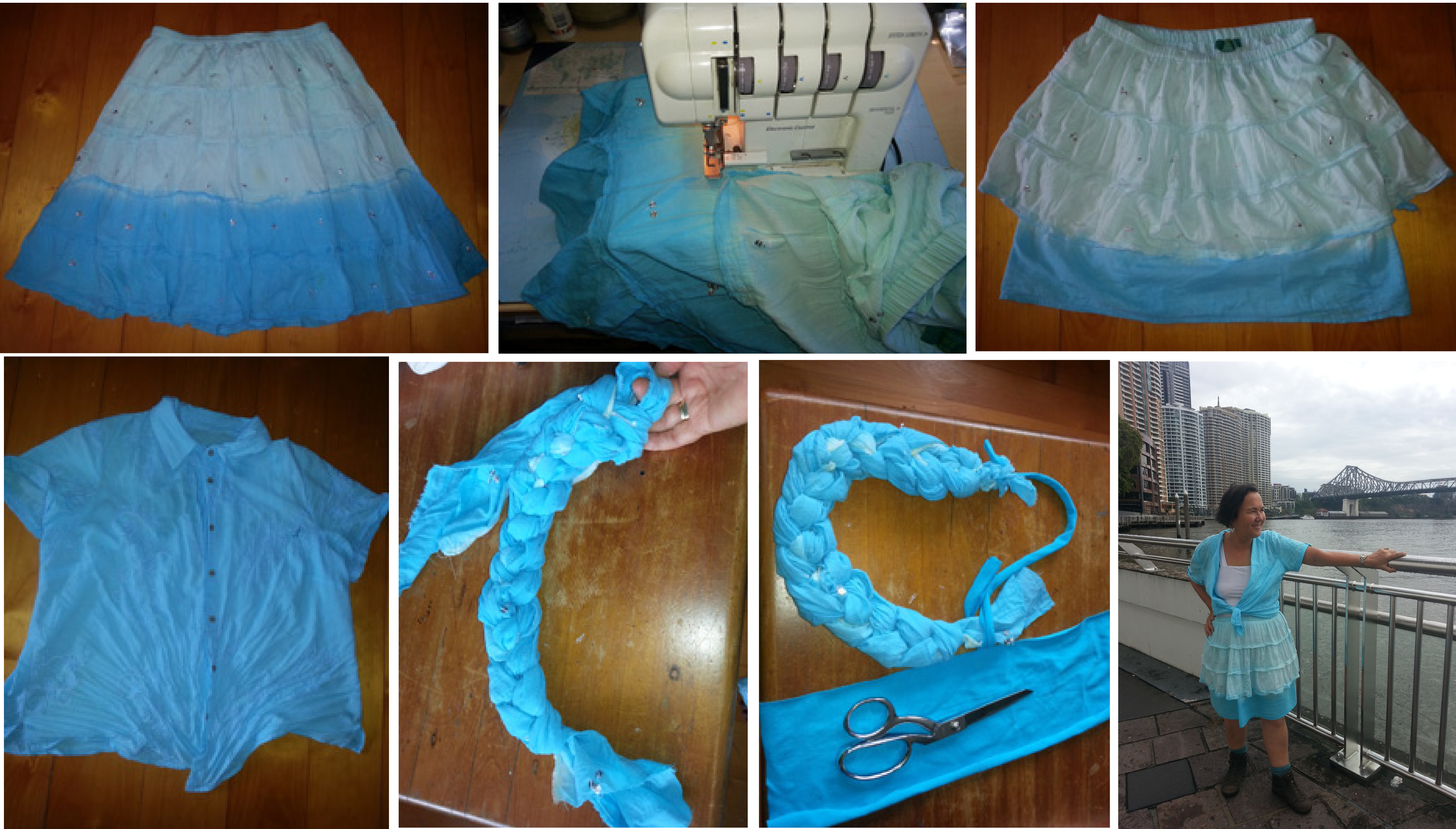 Amazing to think this Sew it Again year of upcycling is nearly done, with only two days remaining in what has been an incredible journey of creativity, persistence and hard work, if I do say so myself!
Amazing to think this Sew it Again year of upcycling is nearly done, with only two days remaining in what has been an incredible journey of creativity, persistence and hard work, if I do say so myself!
Reflecting on learnings from the process of action research during the past 365 days, here are some thoughts of what upcycling means to individuals who chose to engage in it:
- Creative – Upcycling is creative problem-solving, you need to envisage different ways of making cast-offs work and see mistakes as opportunities for experimental play.
- Individual – Upcycling requires imagination, and the willingness to see and be individually creative rather than wanting sameness
- Unconventional – Upcycling involves risk-taking, it is a disruptive, non-conformist approach which challenges the status quo and conventional ways of dressing
- Limitless – Upcycling is an ongoing process in which clothing can be in a continual state of tweaking, adapting, mending, restyling. It was commonplace for earlier generations
- Time-consuming – It takes some time and effort to upcycle – not everyone has that luxury or wants to allocate their time to it
- Skills required – You need a few home-sewing skills (which are being lost and under-valued) as well as basic equipment and a space to work in.
- Attachment – When you upcycle, you create an emotional bond with the clothes you have invested energy in and can develop a real sense of ownership of your ‘second skin’.
- Own style – Your clothes have a unique story when you create an original look with your own a point of difference, and there is a certain beauty in any imperfections
- Own fit – You can create clothing to suit yourself, that works with your unique shape. And you can adapt to changing needs when your weight goes up and down
- Truly green – Clothes that already exist are the greenest of all. When you upcycle, you are minimizing your clothing footprint
- Natural – You can wear and value a wide range of quality natural fibres – sometimes older clothing is of better quality
- Affordable and ethical – You can dress well on a budget when you seek out best-value opportunity shops and often the clothing is near new. Buying reloved is ethical because you are reusing existing resources.
- Connection – You build friendships and common points of understanding with others around a shared idea of refashioning. Your clothes can be a link to your own and others’ stories (past) and bridge to a connected future.
 A snapshot of the year’s endeavour can be viewed on pinterest. Sew 363, above, is an upcycled cotton number I wear on local bush walks or, as I did early this morning with my friends Margie Milgate and Chris Walker, right, doing a lap around Brisbane City between the Goodwill and Storey bridges.
A snapshot of the year’s endeavour can be viewed on pinterest. Sew 363, above, is an upcycled cotton number I wear on local bush walks or, as I did early this morning with my friends Margie Milgate and Chris Walker, right, doing a lap around Brisbane City between the Goodwill and Storey bridges.
The top is a standard style in soft cotton, which I wear with the collar turned under and knotted at the waist. The skirt was a long peasant-style with five frills – the bottom two of which I cut off so the cotton lining sits longer than the outer layer. For fun, I turned the off-cut frills into a necklace/belt, by doing finger crochet before finishing with an extra piece of turquoise cotton lycra. Unconventional yes, but it works for me, and that is what upcycling is all about.

Hello Jane,
We DID enjoy meeting you and especially seeing some of your amazing creations. And the photos on your website show a remarkable talent for redesigning clothing of good quality and creating a memorable outfit that is unique, exciting and charming.
Kind Regards
Adrian and Julie
Thanks so much Julie – appreciate your generous words and look forward to catching up again.
Found you in the magazine GRASS ROOTS.Always interested in ideas to redesign and
up cycle clothes etc.
Thank you Jane.
Great to hear from you Pam – good luck with your restyling. Jane